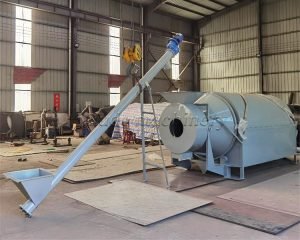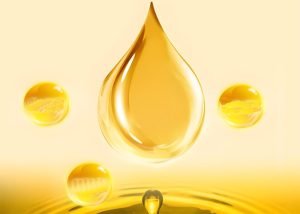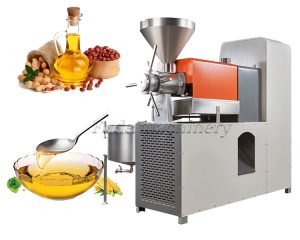How to Establish a CPO Refinery: A Guide suggestion
Building a successful CPO refinery is a major project that turns low-value crude palm oil into high-value food products. It is a highly profitable venture. But success requires more than just buying machines. It demands careful planning, smart design, and choosing the right technology partner. As Fude Machinery, we have helped businesses worldwide establish their own palm oil refinery plants. We made this guide to walk you through the essential steps. We will show you how to move from an idea to a fully operational and profitable refinery.
Last updated: June 2025 | Estimated reading time: 12 minutes
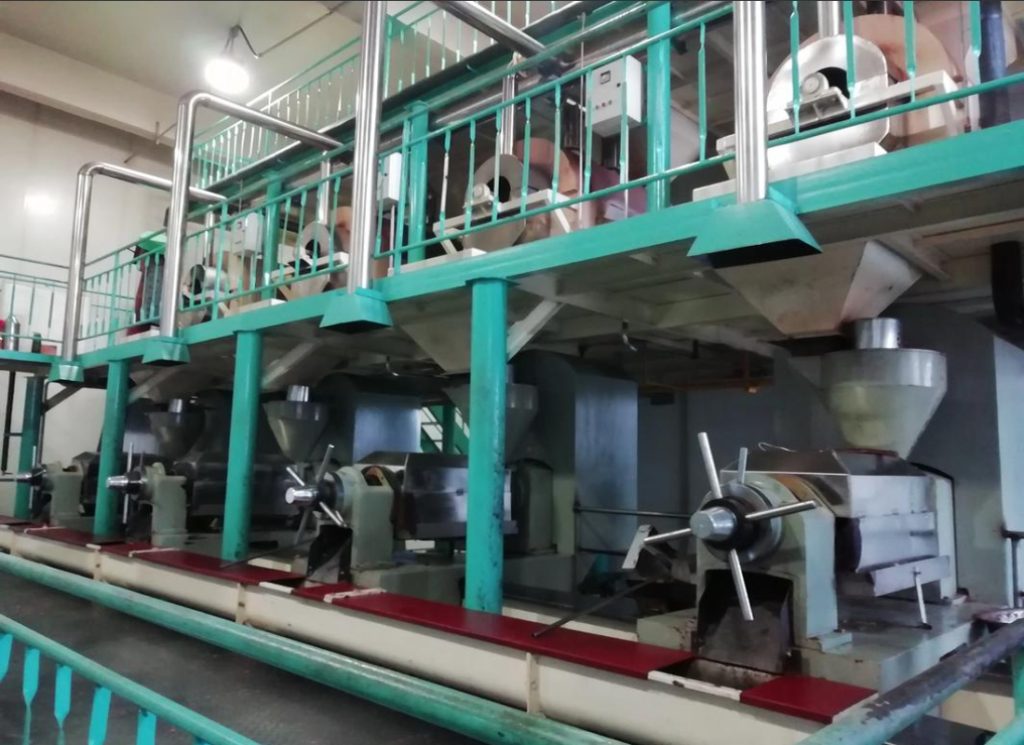
This article will explain for you:
- How to properly plan your CPO refinery?
- How to design an efficient refinery plant layout?
- What is the essential equipment you will need?
- Why CPO needs a special refining step?
What is the First Step in Planning a CPO Refinery?
The first and most important step is a detailed feasibility study. Before you spend any money, you must do your homework. This protects your investment. You need to understand your market and your resources. First, analyze the market. Is there a strong demand for refined palm oil (RBD Palm Oil) in your region?
Who are your potential customers? These could be food manufacturers, restaurants, or retail distributors. Second, secure your raw material supply. You need a reliable source of quality Crude Palm Oil (CPO).
The price and quality of your CPO will directly affect your profits. Finally, you need a solid financial plan. This includes calculating the CPO refinery cost, which covers land, construction, equipment, and initial operating expenses. This is a business plan, not just a technical one. We always advise our clients to complete this step thoroughly. It is the foundation upon which your entire project will be built. A strong plan makes every subsequent step easier and increases your chance of long-term success.
How Do You Design an Efficient Palm Oil Refinery Plant?
You design an efficient plant by focusing on a logical process flow. A well-designed palm oil refinery plant minimizes costs and maximizes output. The layout should follow the sequence of operations to avoid wasting time, energy, and materials. The process starts with the reception and storage of crude palm oil. It then flows through the main refining sections. Finally, it ends with the storage and packaging of the finished products. You must also plan for utility areas, like the boiler room and water treatment facilities.
Think about the future. Your design should include space for future expansion. Maybe you will want to add a second production line later. A smart layout also considers safety and ease of maintenance. There should be enough space around the equipment for operators to work safely and for technicians to perform repairs. We provide our clients with detailed layout drawings. This ensures every piece of equipment is placed for optimal performance and workflow, creating a truly efficient industrial operation.

| Design Consideration | Small Plant (<50 TPD) | Large Plant (>50 TPD) | Why It Matters to You |
|---|---|---|---|
| Automation | Semi-automatic is common. | Fully automatic PLC control. | Balances your initial cost with long-term labor expenses. |
| Layout | Compact, vertical layout often used. | Sprawling, horizontal layout. | Optimizes the use of your land and building space. |
| Storage | Smaller tanks for crude and finished oil. | Large tank farms are necessary. | Ensures you have enough buffer to handle supply and demand changes. |
| Energy Source | Can use grid power or smaller boilers. | Requires a dedicated, high-capacity boiler. | Guarantees you have the stable energy needed for continuous operation. |
What Equipment is Essential for a CPO Refinery?
A CPO refinery requires a series of specialized machines, each with a specific purpose. The core of your investment is the oil refinery equipment. The standard process involves three main stages to produce what is known as RBD (Refined, Bleached, Deodorized) Palm Oil. However, for palm oil, a crucial fourth step is almost always necessary to create the most valuable products.
Here is the essential equipment for each stage:
- Bleaching/Adsorption: Unlike most oils, CPO degumming often happens during bleaching. CPO is mixed with phosphoric acid and then bleaching earth. This removes gums and natural red pigments (carotenoids). The main equipment is the Bleacher vessel.
- Filtration: After bleaching, the oil is passed through a Leaf Filter. This removes the spent bleaching earth and impurities, leaving behind a light-colored oil.
- Deodorization: The bleached oil is heated to a high temperature under vacuum in a Deodorizer tower. Steam is injected to strip away free fatty acids (FFAs) and odor compounds. This produces stable, neutral RBD Palm Oil.
- Fractionation: This is the special, critical step for palm oil. The RBD Palm Oil is cooled in a Fractionator. This causes it to separate into a liquid part (Olein) and a solid part (Stearin). These are two distinct and valuable products.
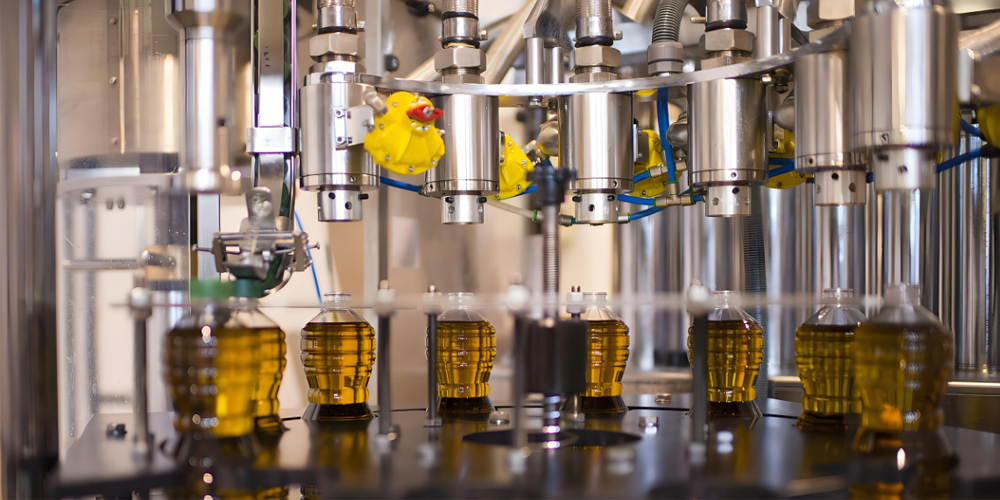
Why is a Specific Refining Process Needed for Palm Oil?
Palm oil needs a specific process, mainly fractionation, because of its unique chemical nature. Unlike liquid oils like soybean or sunflower, palm oil is semi-solid at room temperature. It is a natural mix of liquid fats (olein) and solid fats (stearin). If you sell it just as RBD Palm Oil, its uses are limited. By adding the fractionation step, you unlock its true market potential. You create two separate product streams from one raw material.
This separation process is purely physical. No chemicals are added. The RDB Palm Oil is heated, then slowly cooled in large vessels called crystallizers. As it cools, the high-melting point stearin forms crystals. This mixture is then passed through a membrane filter press, which separates the solid stearin from the liquid olein. This allows you to serve two different markets.
Practical Advice for Your Products:
- RBD Palm Olein: This is the liquid fraction. It is the world’s most popular cooking and frying oil because of its high stability. This is your primary product for the consumer market.
- RBD Palm Stearin: This is the solid fraction. It is a hard fat perfect for making margarine, shortening, soaps, and candles. This is a valuable product for industrial customers.
How to Choose the Right Partner for Your Project?
Choosing the right partner means finding a manufacturer who offers a complete solution and expert guidance. Building a CPO refinery is complex. You need more than a supplier who just sells boxes. You need a partner who understands the entire palm oil refining process. Your partner should be able to provide everything from initial process design and plant layout to equipment manufacturing, installation, and after-sales support. This one-stop-shop approach saves you time and prevents problems caused by coordinating with many different vendors.
At Fude Machinery, this is exactly what we do. We are a factory-direct manufacturer, not a trading company. Our own engineers design your complete oil mill plant. Our own factory builds your equipment. Our own technicians can help you install it. This integrated approach ensures every part of your refinery works together perfectly. We share our global experience with you to help you avoid common mistakes and build a truly world-class facility.
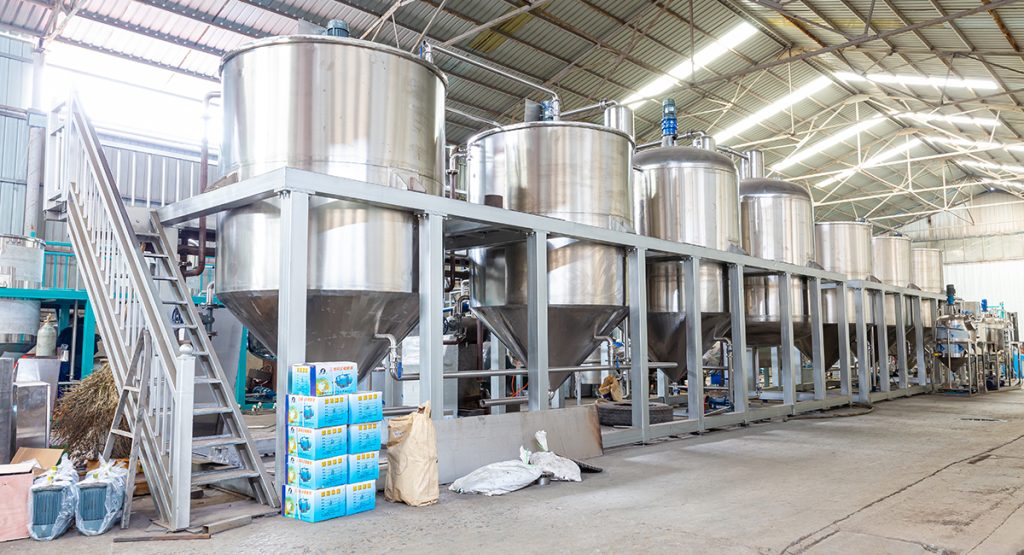
Frequently Asked Questions
Question 1: What does RBD Palm Oil mean?
RBD stands for Refined, Bleached, and Deodorized. It is the final product after crude palm oil (CPO) goes through the main refining stages. RBD Palm Oil is a stable, neutral, and light-colored oil ready for use in food manufacturing or to be separated further through fractionation.
Question 2: What is the biggest challenge when setting up a CPO refinery?
One of the biggest challenges is securing a consistent supply of high-quality Crude Palm Oil (CPO). The quality of your raw material, especially its Free Fatty Acid (FFA) content, directly impacts the efficiency of your refining process and the yield of your final product. Careful planning of your supply chain is critical.
Question 3: Roughly how much does a palm oil refinery plant cost?
The cost varies greatly based on capacity, automation level, and the inclusion of a fractionation plant. A small-scale batch refinery might start from a certain budget, while a large, fully continuous plant can be a much larger investment. The best way to get an accurate number is to contact us with your specific requirements for a detailed quote.
Summary and Recommendation
To establish the best CPO refinery, you must follow a clear, comprehensive plan. Start with a thorough feasibility study. Design an efficient plant layout with future growth in mind. Select the right equipment for all essential stages, including the critical step of fractionation. Most importantly, choose an experienced manufacturing partner who can provide a complete, integrated solution.
This guide provides the roadmap. The next step is to take action. Begin by evaluating your market and resources. A successful CPO refinery is within your reach with the right planning and the right partner.
Related recommendations
-
What is the application prospect of grain drum dryer
302The application prospects of grain drum dryer are very broad
View details -
What are oil presses used for?
378An oil press machine is a device that uses physical pressure to separate oil from oil-bearing materials like seeds and nuts. It is the key equipment for mechanical oil extraction, producing crude oil and solid cake. Understanding the oil pr...
View details -
Price of oil-water separator equipment
371Refiner is a device used to improve the quality of raw materials and is widely used in industries such as metallurgy, chemical engineering, and electronics
View details -
How to buy screw oil press
230Selecting the perfect machine is crucial for your business success. We understand the challenges involved. Let's break down everything you need to know about screw oil presses, step by step. We want to empower you to make an informed decision. ...
View details
 Oil Press Equipment and Oil Refining Machinery for Sale – Start Your Oil Press Business
Oil Press Equipment and Oil Refining Machinery for Sale – Start Your Oil Press Business
